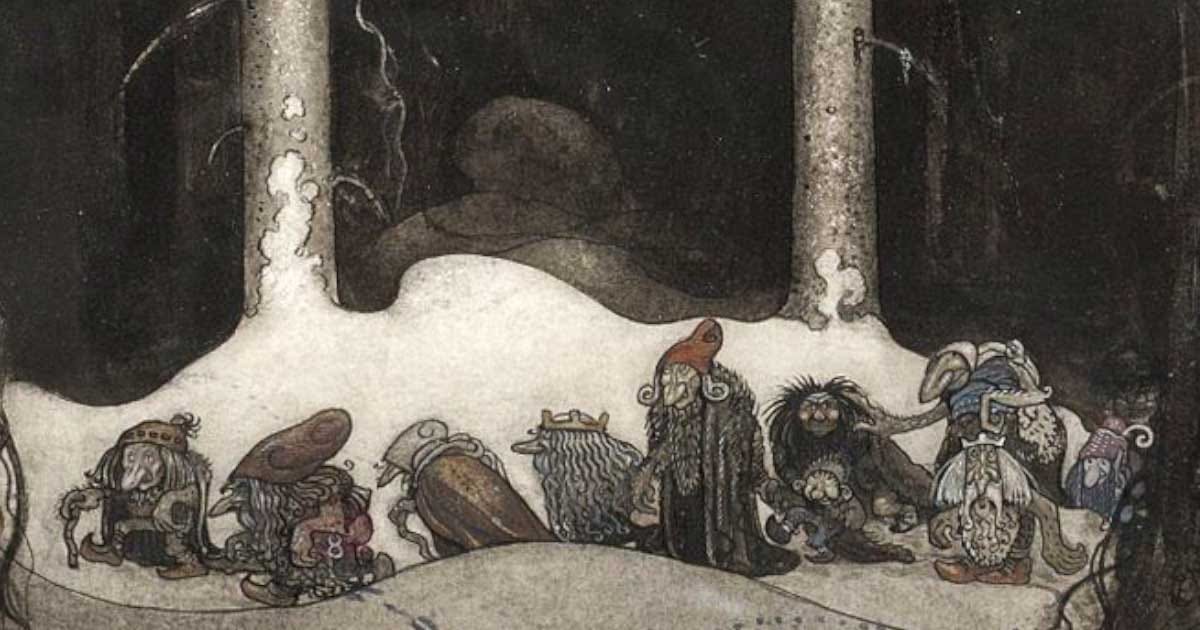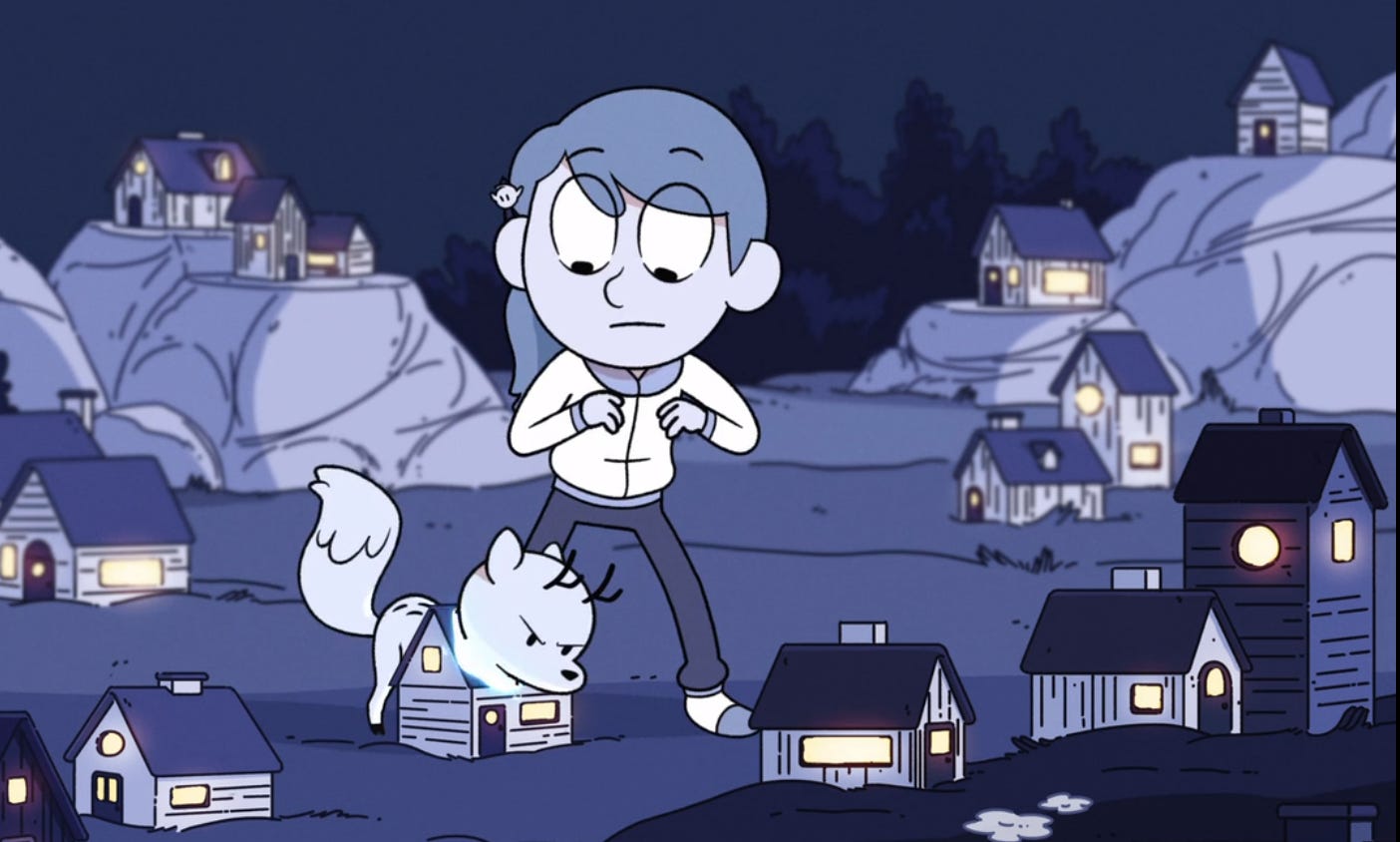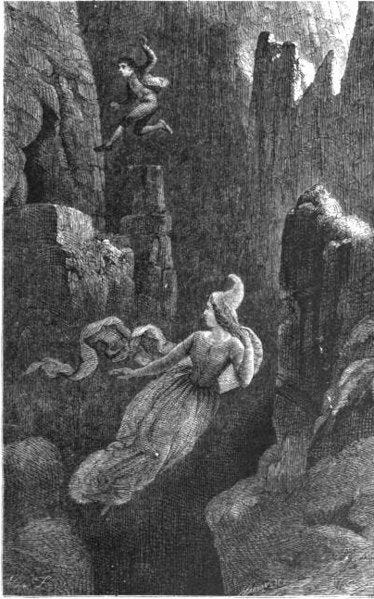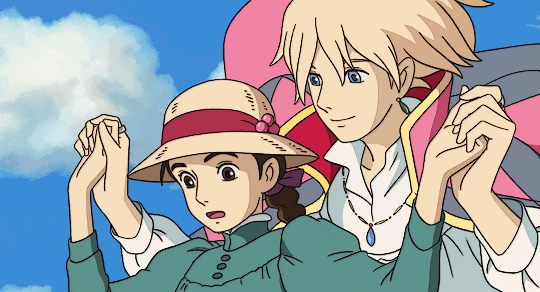Good morrow my gorgeous readers,
How are you enjoying Emily Wilde? I personally find myself giggling and kicking my feet every chapter whenever Emily shows a bit of snark or any remarks totally oblivious to her or Wendell’s feelings. But what’s really catching my eye is just how well-researched the details of the lore are. Hats off to you, Heather Fawcett.
First, some housekeeping. As I write this post, I’m about 200 pages into the novel, at the chapter “26th November—late” (and by the time I publish I will likely be far passed that point). I will try my best to keep this post spoiler-free, but as a warning, please be mindful that my aim here is to discuss the folklore that the author has used as inspiration and will likely reference the novel’s basic elements (plot, setting, characters). I’m always very curious how much of a fantasy novel’s folklore is pulled straight from the source, and what pieces are the author’s own creative liberties. I may not turn over every stone of lore that Fawcett has meticulously placed throughout the novel, for that would require a research endeavor tantamount to getting another master’s degree, but I’ll keep my head on a focused swivel as we stroll through the incredible details of Emily Wilde.
Let’s dive in.
Immediately, I’m fascinated by the Huldufólk, or the “Hidden Ones” as they’re referred to in the novel.
My own knowledge of the Scandinavian folklore of Huldufólk, or the hidden people, pretty much starts and ends with some pop culture references, including (I can’t believe I’m admitting this) the 2020 satire film Eurovision Song Contest: The Story of Fire Saga, starring Will Ferrell and Rachel McAdams playing Icelandic singers and lifelong best friends (and definitely not siblings) whose dream is to compete in the… you guessed it… Eurovision Song Contest.
Rachel McAdams’ character has a running bit where she prays to the hidden ones, or elves as she calls them (likely for the benefit of American audiences who are here for the poking fun at Europe and not a folklore lesson) to help them in the contest. She occasionally visits the local elf homes to deliver gifts to win their favor, not dissimilar to our dear Emily Wilde.
And because this film is an American satire, the elves do help! Via murder!
Another pop culture reference to the Huldufólk I believe lies in the Netflix animated series Hilda (about a young girl from the countryside of a fantastical Scandinavian-inspired country facing the big challenge of moving to the city of Trollberg). In the series, elves are a small invisible race living among humans who unknowingly stomp around on their houses. The only way humans can see the elves is to fill out the paperwork (the elves are a thoroughly organized type-A species). One of the main characters is an elf named Alfur who becomes Hilda’s loyal friend in the pilot episode, “The Hidden People.”
I love this series to death and I highly encourage lovers of either folklore or animation to watch.
But what are the Huldufólk to the real people who (in a way) live with them, who grew up hearing these stories from their elders rather than television, whose culture is informed by this lore?
Wiki offers this really fascinating quote from Terry Gunnell, Professor in Folkloristics at the University of Iceland (I didn’t know there was such a position and now I’m thinking of switching careers). Gunnell published a number of books on Scandinavian folklore and Norse mythology, but the Wiki quotes below are from his introduction to the novel Hildur, Queen of the Elves and Other Stories: Icelandic Folktales by J.M. Bedell:
Terry Gunnell notes that hidden people legends recorded in the 18th and 19th centuries showed them to be "near mirror-images of those humans who told stories about them—except they were beautiful, powerful, alluring, and free from care, while the Icelanders were often starving and struggling for existence. The huldufólk seem in many ways to represent the Icelander's dreams of a more perfect and happy existence."[37]
I’m certainly adding Queen of the Elves and Other Stories to my TBR.
I wonder if anyone else is curious about why Fawcett decided on Iceland for the setting, rather than somewhere in the UK or Europe where faeries are more commonly associated. It does make sense to set the story somewhere cold, as a foil to the warm greenery that Wendell misses about his home.
In an interview with The Fantasy Hive, Fawcett reveals a bit about her inspiration for the setting, both the period and location:
I’ve always been interested in the Edwardian era as a setting for historical fiction. I think partly because you don’t see it as often in fantasy as, say the Victorian era, but also because it’s just a really fascinating period in history when so much was changing. It was the beginning of the modern world as we know it.
In terms of research, I read a lot of Scandinavian folklore. I also did research into the geography of what an island like Ljosland might look like; it’s off the coast of Norway, about the same latitude as Iceland, and similar in size to the Faroe Islands. So coming up with something that felt like it would fit into that region was important.
This interview also confirms my suspicions about the inspiration behind Wendell, who is darling and dramatic and self-involved yet extremely caring and surprisingly powerful when he’s pissed off.
I don’t mind saying that he’s partially inspired by one of my favourite fantasy heroes, the Wizard Howl, who also loves his clothes and—while talented magically—would prefer to avoid hard work.
I mean come on… Is this NOT what we were all picturing for Emily and Wendell? If you say no then I can only assume you’ve never been blessed with the viewing experience of Hayao Miyazaki’s 2004 masterpiece Howl’s Moving Castle.
In the spirit of scholarly research, here are some recommended readings to continue learning about the Huldufólk, changelings, faeries, and magical creatures.
Obviously, Hildur, Queen of the Elves and Other Stories: Icelandic Folktales by J.M. Bedell is at the top of this list.
I also own a copy of Fairies, Pookas, and Changelings: A Complete Guide to the Wild and Wicked Enchanted Realm by Varla Ventura which has been politely waiting on my bookshelf for a little over a year now.
In the fiction realm, I think The House in the Cerulean Sea by TJ Klune would be a fantastic companion read for those craving more coziness, wholesome romance, and light academia.
Lastly, we can read more of Emily Wilde in the sequel Emily Wilde’s Map of the Otherlands and the threequel Emily Wilde's Compendium of Lost Tales out February 11, 2025.
Happy reading, and watch out for needle-fingered folk~
Morgan Hannah
P.S. Keep a look out in your inbox for word of our first ever Spellbindings meetup! Date is not locked, but we’re aiming for either July 27th or 28th.










